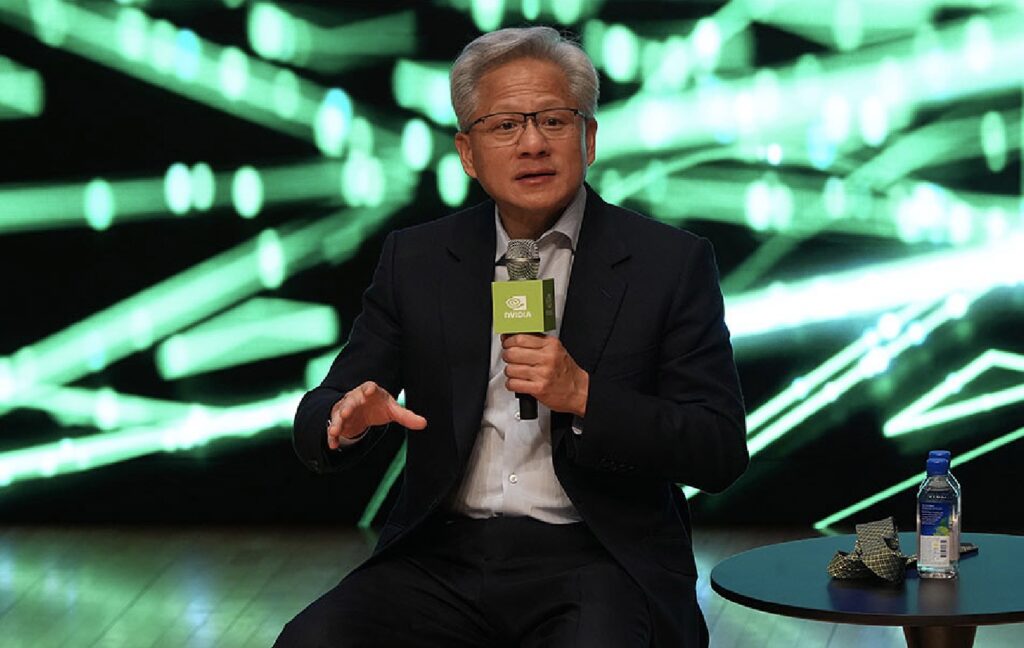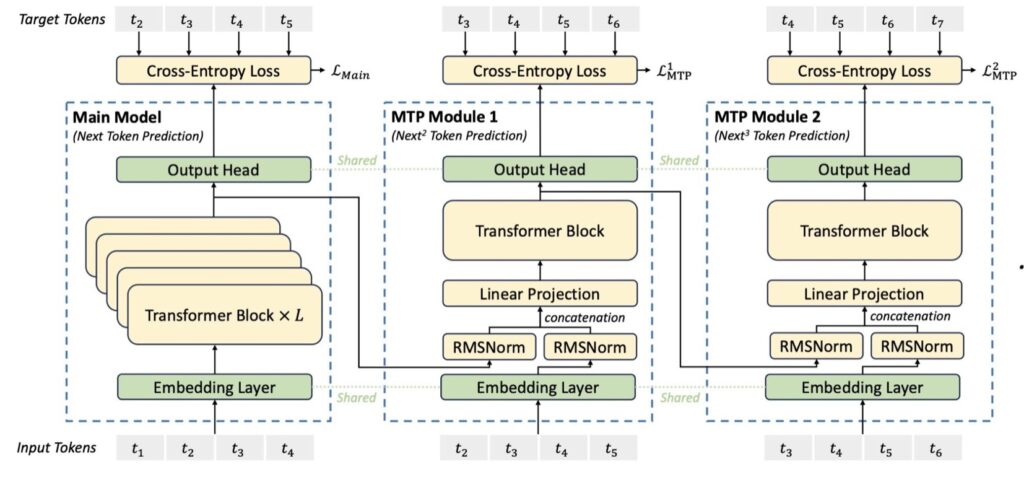Why the Frenzy for AI Hardware Could Burst Without a Single Idle GPU
- Subsidized Demand Masks Unsustainability: High GPU utilization is driven by free or below-cost AI services, creating artificial demand that doesn’t translate to real profits, while hyperscalers pour billions into circular investments.
- Monopoly Pricing and Debt-Fueled Spending: Nvidia’s dominance allows sky-high margins on chips, but escalating capex—now funded by massive bond issuances—echoes historical bubbles like the dot-com era and 19th-century railroads.
- Economic Disconnect and Broader Risks: As AI displaces jobs and strains consumer spending, the industry’s detachment from real-world fundamentals signals a potential crash, even as the technology itself proves transformative.
In the whirlwind years since ChatGPT burst onto the scene in November 2022, the narrative has been intoxicating: generative AI is reshaping the world, and Nvidia’s GPUs are the indispensable engines powering this revolution. As someone who’s been tinkering with AI since experimenting with Google‘s TensorFlow a decade ago, I’ve long been an enthusiast. I’ve defended Nvidia against bubble accusations as recently as March 2024, dismissed Blackwell chip rumors in August, and pushed back on the DeepSeek panic in January 2025. Nvidia, under the visionary leadership of Jensen Huang, stands as one of the greatest companies in economic history. Yet, after watching the industry’s trajectory, I’m growing cautious. The AI boom might be inflating a bubble—not because of idle “dark GPUs,” but due to subsidized workloads, circular revenues, and a dangerous detachment from real-world economics.
The bull case for AI often hinges on relentless demand for Nvidia’s hardware. Investors like Gavin Baker point out that unlike the dot-com bubble’s unused fiber optic cables, today’s data centers are humming with activity—GPUs “melting” under intense loads with near-zero idle capacity. This high utilization, they argue, proves the revolution is real and sustainable. But bubbles rarely repeat history verbatim. The real issue isn’t a lack of activity; it’s the nature of that activity. Much of the so-called demand stems from free tiers and heavily subsidized plans offered by hyperscalers like Microsoft, Alphabet, Amazon, and Meta. These companies are racing to acquire users, not profits, pricing AI services far below computing costs. It’s a subsidized supply masquerading as organic demand, fueling utilization without generating viable returns. An AI bubble can thrive even as chips run hot and Nvidia’s revenues soar.
This frenzy is backed by unprecedented capital expenditures. In 2025 alone, the top four hyperscalers are on track to spend $350 to $400 billion on AI infrastructure—often more than half their operating cash flow. Initially, this didn’t alarm me; AI’s disruptive potential seemed worth the investment, even if revenues lagged. But the circularity is glaring. Hyperscalers funnel billions into AI labs like OpenAI and Anthropic, which then recycle that money back by purchasing compute from the same companies—think OpenAI’s Azure commitments or Anthropic’s AWS deals, with Google also investing in Anthropic. J.P. Morgan’s estimates paint a stark picture: to achieve just a 10% return on this buildout, the industry would need $650 billion in annual revenue indefinitely. Meanwhile, cloud growth figures, like Microsoft’s 39% Azure surge, are partly illusory, propped up by these internal loops rather than genuine market demand.
At the heart of this ecosystem is Nvidia’s near-monopoly on data center GPUs, controlling about 90% of the market it essentially created. The company’s economics are staggering: In 2023, the H100 GPU cost around $3,320 to make but sold for $25,000–$30,000. This profitability persisted into Q2 2026, with data center revenue hitting $41.1 billion and gross margins at 72.4%. The latest Blackwell GB200 double GPU reportedly fetches $60,000–$70,000, implying a manufacturing cost of just $7,200–$8,400 after accounting for Nvidia’s 70% margins and TSMC’s 60%. Hyperscalers are shelling out hundreds of billions for this hardware at monopoly prices, yet downstream AI applications aren’t generating commensurate revenues. Critics like Dr. Michael Burry have flagged overstated GPU depreciation periods, but I suspect the real problem is deeper: older chips like Ampere and Volta remain functional, yet the core bubble dynamic is this overpayment for hardware in an unprofitable cycle.
As cash flows strain under this capex deluge—projected to consume 94% of operating cash flow—hyperscalers are turning to debt. In just two months of 2025, Meta, Oracle, and Alphabet issued $75 billion in bonds, with Meta borrowing $27 billion for a single data center. Total AI-related corporate debt hit $141 billion by October 2025, eclipsing all of 2024. This mirrors the dot-com era’s circular revenues and debt spikes, or the 19th-century railroad boom, where speculative, debt-fueled investments built vast networks. But unlike railroads, which left durable assets like tracks and land, AI’s infrastructure is ephemeral—hardware with lifespans of years, not decades, processing mostly unprofitable workloads justified by accounting tricks.
The AI labs themselves underscore this unsustainability. Analysis from Ed Zitron reveals Anthropic burned $2.66 billion on AWS compute year-to-date for just $2.44 billion in revenue, while OpenAI spent $8.7 billion on Azure inference alone against $13 billion in revenue. These aren’t the hallmarks of thriving businesses; they’re symptoms of a subsidized arms race. No one questions AI’s reality—it’s displacing thousands of white-collar jobs faster than economies can adapt. But that’s part of the peril. With consumer spending driving 70% of GDP, and everyday folks grappling with recessionary pressures—like skyrocketing prices for Heinz ketchup or Chipotle bowls—the disconnect is profound. Big Tech burns billions on unprofitable AI while the real economy strains, creating a classic bubble: assets decoupled from fundamentals.
This AI fervor isn’t just a tech story—it’s a global economic wildcard. If the bubble pops, it could ripple through supply chains, from TSMC’s fabs to energy grids strained by data centers. Yet, optimism persists: AI could still deliver breakthroughs in healthcare, climate modeling, and beyond, justifying the hype if profitability catches up. For now, though, the “hot GPUs” narrative feels like a distraction from the cold reality of debt, subsidies, and economic detachment. As an AI believer, I hope I’m wrong—but history suggests caution. The bubble might not need dark GPUs to burst; it just needs the music to stop.



